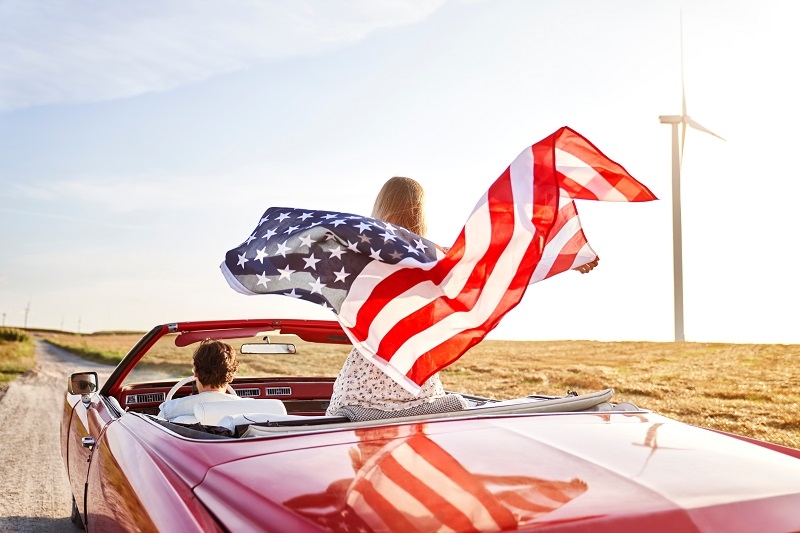
Many people fantasize about traveling in the United States. Whether you're hoping to visit a cool city such as New York, relax on the California beaches, or see breathtaking sites like the Grand Canyon, there is a lot to do for all wanderlusters out there. But with everything from 50 states and tons to do and different cultures, it can be overwhelming planning a trip to the US – especially if this is your first time visting USA.
This simple guide will help you plan a trip to USA - from the very start. It will cover a lot, from your visa to travel itinerary tips, setting a budget, and what kind of travel tools you will use to get there smoothly and easily.
Make sure you know what you want from your trip before you book anything. Adventure, Sight-seeing, Relaxation, or Business? Knowing what you want to get out of the trip will help you in planning every aspect of the trip.
Ask yourself:
Knowing what you want is the most important thing when planning a trip to the USA.
The U.S. has all four seasons, and the weather is different in each part of the country. When you decide to go, it will help you choose where to go.
If it’s your first time in the USA, try going in the spring or fall for good weather and fewer crowds.
One of the most important things to do when planning a trip to the USA is to check the visa requirements. People from many countries can enter the U.S. without a visa through the Visa Waiver Program (VWP) by getting an ESTA. Others might need a B-2 Tourist Visa.
Here’s what to do:
Knowing how much money you have will help you decide where to stay, how to get around, and what to do.
A basic U.S. trip budget includes:
Using budget apps or travel tools like Trail Wallet or TripIt can help you keep track of your spending.
Since the U.S. is so big, you can’t see everything in one trip. Pick a few places based on what you like and how long you’re traveling.
Use Google Maps to see how long it takes to get from place to place. It’s better to plan a trip that isn’t too packed.
Once you know where you’re going, start making a plan. Here are some tips:
Apps like Google Sheets, Notion, or Wanderlog can help you plan your trip.
Here’s a sample plan for 10 days:
For cheaper prices, try to book your international flights a few months in advance—like 2 or 3. Check out sites like Skyscanner or Google Flights to compare prices.
If you're making a checklist for your USA trip, be sure you have confirmation for all your reservations, including:
Keep copies of everything offline, maybe with an app like TripIt, or just print them out.

The U.S. isn’t famous for public transport in every town, so think about how you’ll get around:
Uber and Lyft are all over the place, too.
What you bring depends on the weather, where you’re going, and what you plan to do.
Tip: Use packing cubes and make a digital packing list to stay organized.
Getting through immigration at U.S. airports can be strict. Here’s how to be ready:
If it's your first time in the USA, stay calm and organized—it makes everything easier.
Grab a SIM card when you get there, or use your international roaming. Lots of airports have SIM cards for tourists.
Even the best plans can hit hard. Bad weather, closed attractions, or delays happen. It's all good.
One of the best travel tips is to allow time for spontaneous fun; those are the best memories many times.
To keep things easy, try these:
The right travel organization tools can save you time and stress.
If it’s your first time here, there might be some differences you notice:
Knowing this stuff helps you to be better prepared and reduce the likelihood of surprises.
Wondering how to plan a trip to USA may seem like a significant undertaking at first, but if you take it in the right way, it is manageable. Start with what you want to get out of your trip, do your due diligence, plan a successful trip, and use apps to keep everything organized.
Make sure to double-check your USA trip checklist, especially if you're a first-timer. Follow USA travel planning steps to cover everything from visas and budgeting to packing and getting around. Be flexible, be curious, and enjoy all the cool differences the United States offers.
This content was created by AI